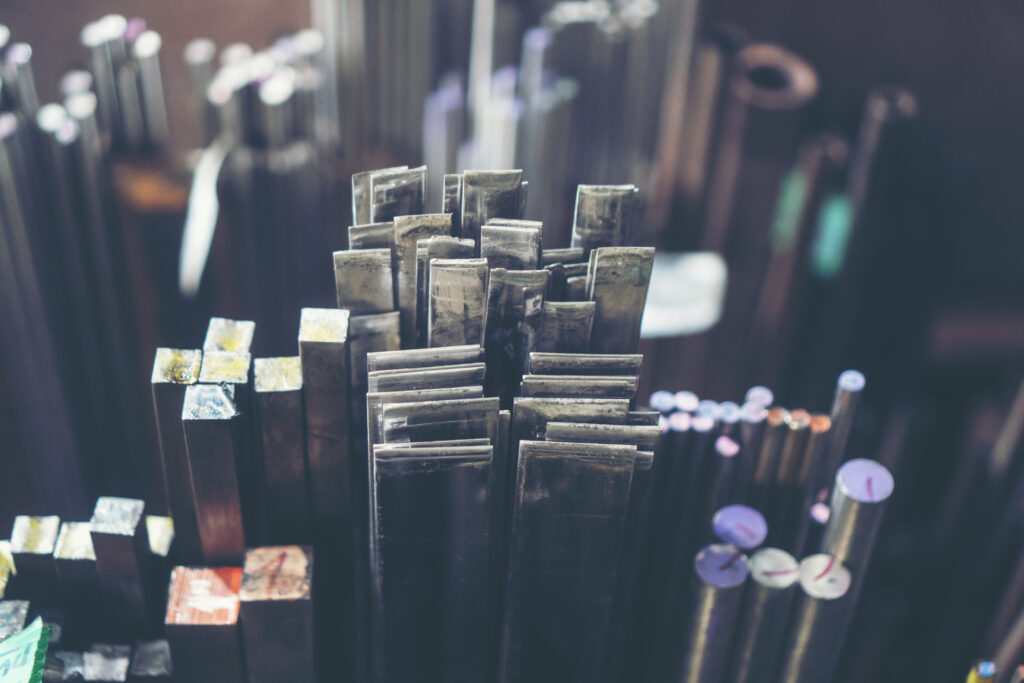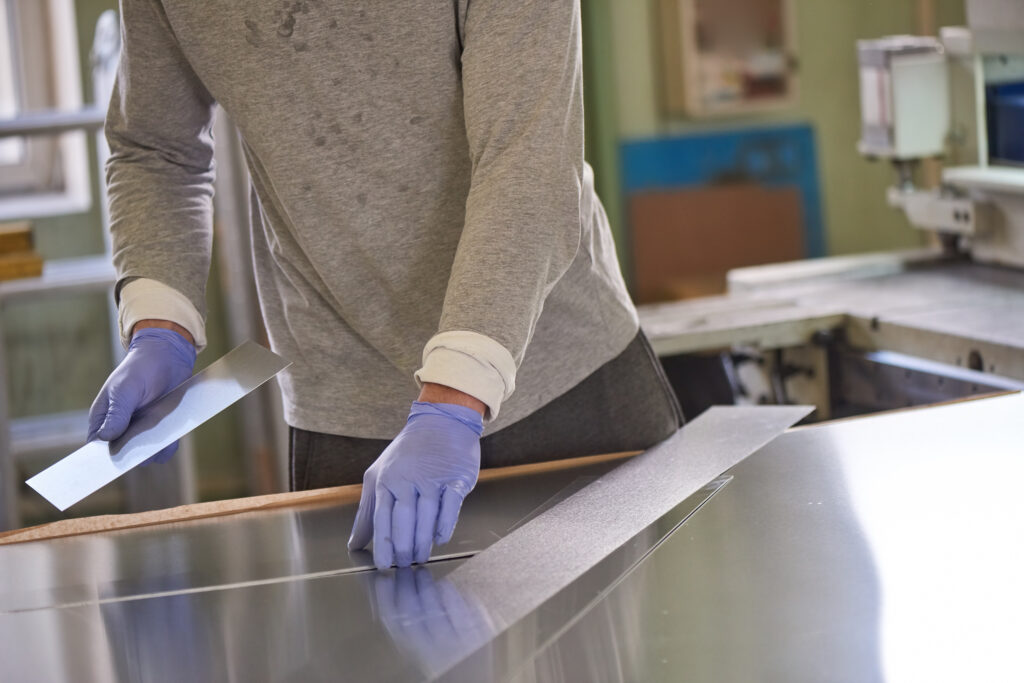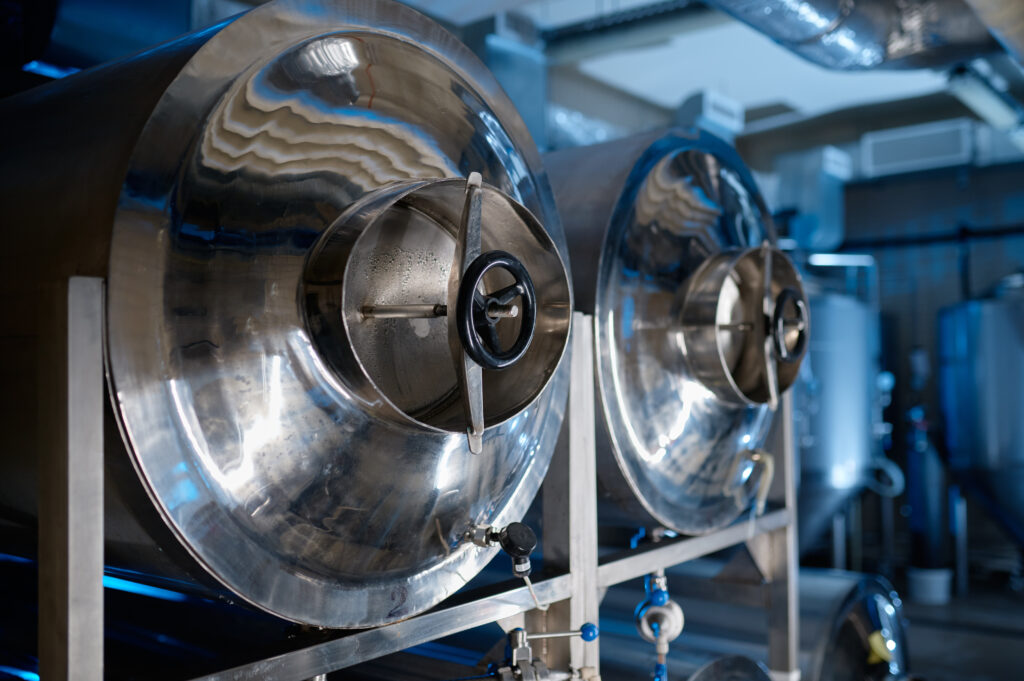When it comes to building with strength, precision, and durability, stainless steel stands in a class of its own. From food processing equipment to architectural railings and marine components, stainless steel offers unmatched corrosion resistance and visual appeal. But not all stainless steel is created equal and understanding the difference between 304 stainless steel and 316 stainless steel can help you make the right choice for your project.
At Millennium Specialty Alloys, we supply high-quality Canadian stainless steel and other alloys designed for performance in every environment. Let’s break down the key differences between the two most popular stainless grades and when each one makes sense. For expert guidance or to request a custom quote, contact Millennium Specialty Alloys today and discover the right stainless steel solution for your project.
Understanding Stainless Steel and Its Material Grades
Stainless steel is more than just polished metal. It’s an alloy, a combination of iron, carbon, and a minimum of 10.5% chromium. This chromium forms a thin oxide layer on the surface, giving stainless steel its well-known corrosion resistance.
Different material grades of stainless steel are created by altering the mix of elements such as nickel, molybdenum, and manganese. These variations affect everything from strength to weldability and appearance.
There are five main categories of stainless grades:
- Austenitic: the most common type, known for ductility and resistance to corrosion.
- Ferritic: magnetic, lower cost, and used in automotive applications.
- Martensitic: strong and hard but slightly less resistant to corrosion.
- Duplex: a mix of austenitic and ferritic, offering high strength and corrosion protection.
- Precipitation-hardening: used where superior strength and hardness are required.
Both 304 and 316 stainless steel belong to the austenitic family, prized for its versatility and excellent steel composition.
What Makes 304 and 316 Stainless Steel Different
At first glance, 304 and 316 look identical, both are non-magnetic, easy to fabricate, and polished to a high shine. But the secret lies in their composition of stainless steel.
- 304 stainless steel is made up of approximately 18% chromium and 8% nickel. This balance provides strength, ease of forming, and a high level of corrosion resistance, making it ideal for indoor or mildly corrosive environments.
- 316 stainless steel, however, includes an additional 2–3% molybdenum. That small change makes a big difference, giving 316 superior resistance to chlorides, acids, and saltwater — a major advantage for marine, chemical, or outdoor applications.
When comparing stainless steel 304 vs 316, the key factor is exposure. If your steel needs to withstand moisture, salt, or harsh cleaning agents, 316 is the go-to choice.
Comparing Strength, Density, and Corrosion Resistance
Beyond composition, performance differences between these grades are subtle but important, especially when precision, weight, and long-term durability matter.
Strength:
Both grades are similar in tensile strength, typically ranging from 515–620 MPa, depending on heat treatment, finish, and forming method. 316 stainless steel can maintain its structural integrity slightly better under sustained stress, elevated temperatures, or when exposed to corrosive agents. This makes it the preferred choice for marine and industrial environments where strength and stability are essential.
Density:
Both 304 and 316 share a stainless steel density of roughly 8.0 g/cm³. This consistent density ensures uniformity in fabrication, welding, and assembly, making them dependable options for structural applications like frames, supports, and steel flat bar components. The balanced weight-to-strength ratio also contributes to excellent performance in heavy-duty fabrication projects where reliability is key.
Corrosion Resistance:
Here’s where 316 stainless steel truly stands apart. The added molybdenum in its composition gives it superior corrosion resistance, particularly in chloride-heavy conditions like saltwater, cleaning chemicals, or acidic industrial environments. 304 stainless steel remains an excellent general-purpose choice, but for maximum protection and longevity, 316 stainless is one of the most corrosion-resistant materials available.
When comparing stainless steel vs steel, the difference is clear. Standard carbon steel material, while strong and affordable, is vulnerable to rust and surface degradation over time. Stainless steel, on the other hand, creates a passive, self-healing oxide layer that prevents oxidation and extends its lifespan even in demanding conditions. For builders, fabricators, and manufacturers seeking a balance of strength, corrosion protection, and visual appeal, stainless steel remains the superior steel material choice.
Choosing the Right Grade of Stainless Steel for Your Application
Choosing between 304 stainless steel and 316 stainless steel comes down to environment, cost, and maintenance expectations.
You should choose 304 stainless steel when:
- The project is primarily indoors.
- The steel won’t be exposed to chlorides or harsh chemicals.
- Cost efficiency and easy fabrication are priorities.
You should choose 316 stainless steel when:
- The project is near the ocean, involves saltwater, or chemical exposure.
- You need high corrosion resistance and long-term durability.
- The application involves temperature swings or acidic cleaning environments.
If you’re unsure which stainless steel grade fits your needs, Millennium Specialty Alloys can help you compare properties, finishes, and fabrication options to ensure your selection performs exactly as expected.
Common Canadian Applications for Flat Steel Bar and Other Stainless Products
Across Canada, stainless steel is a material of choice in industries that rely on longevity and aesthetics. Flat steel bar and steel flat bar are especially popular thanks to their versatility and ease of use in fabrication.
You’ll find Canadian stainless steel in:
- Food and beverage processing – resistant to contamination and easy to sanitize.
- Architectural accents and railings – providing clean lines and polished appeal.
- Marine hardware and coastal construction – leveraging 316’s corrosion resistance.
- Manufacturing and fabrication – from custom brackets to equipment frames.
- Renewable energy and industrial plants – where high-grade metals support demanding environments.
Whether it’s cut-to-size flat steel bar for fabrication or precision tubing for mechanical use, Millennium Specialty Alloys delivers materials that meet stringent quality standards and arrive ready to perform.
Final Thoughts: Strength in Every Stainless Grade
Both 304 stainless steel and 316 stainless steel offer durability, flexibility, and sleek appearance, but your project’s environment determines the right choice. 304 shines indoors and in general applications, while 316 holds up against corrosion, salt, and harsh elements. At Millennium Specialty Alloys, we provide a complete selection of stainless grades and custom-cut steel materials to meet your exact specifications. Whether you need flat steel bar, tubing, or sheet products, our team ensures you get the right balance of performance and value. For personalized recommendations or to discuss your next order, contact Millennium Specialty Alloys today, we’re here to help you find the perfect stainless steel solution for any application.



